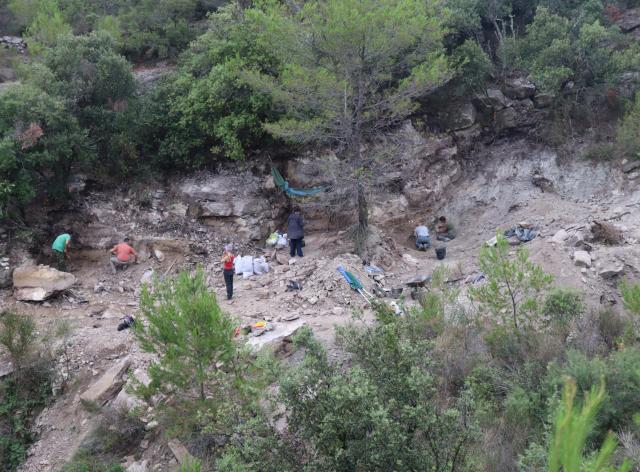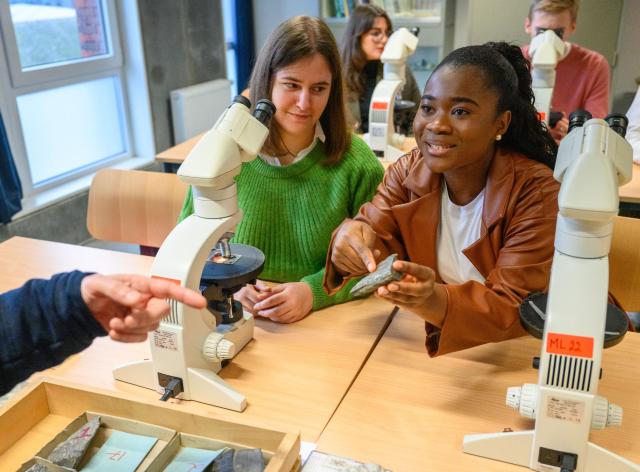Understanding the earth to better manage it.
The geologist's watchwords are: observe and describe, interpret and decide.




Understanding the earth to better manage it.
The geologist's watchwords are: observe and describe, interpret and decide.